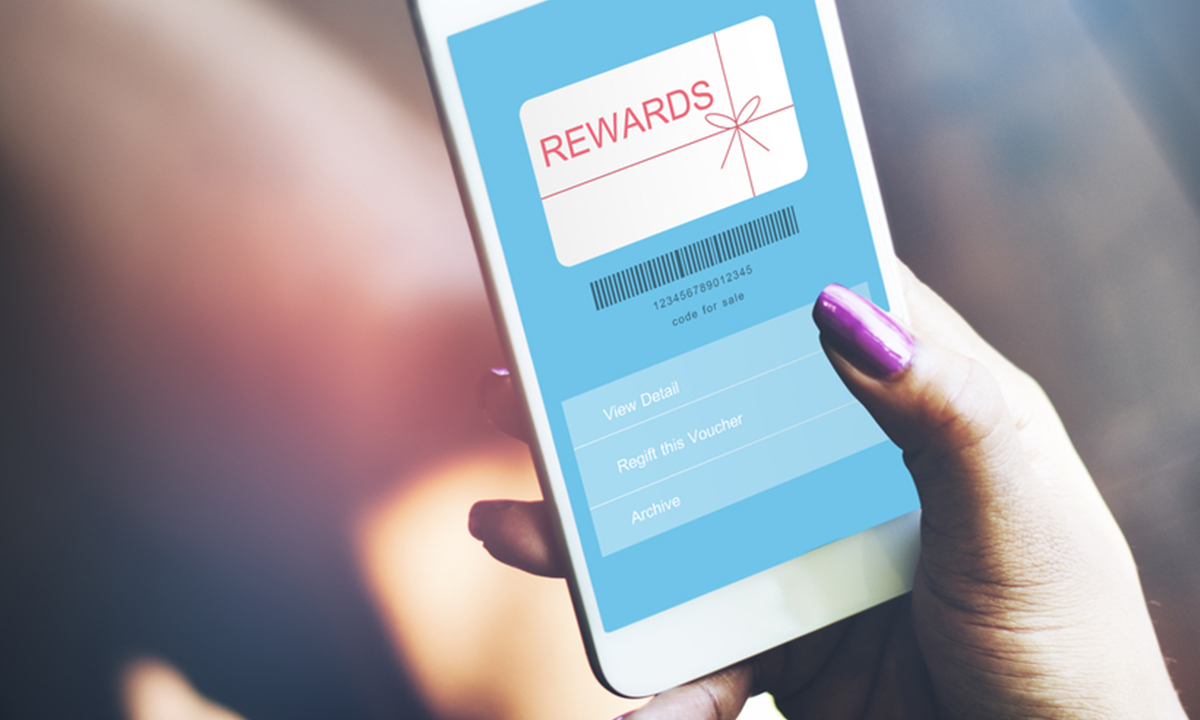It’s rare to witness a classic payment instrument not just endure but thrive by reinventing itself. Such is the case with gift cards.
Mary Bailey, senior product manager for Bank of America’s gift card program, has witnessed this evolution firsthand over nearly two decades. Bailey recounted that when she first began working with gift card programs, issuers were limited to offering them as physical cards in physical stores. However, over the last 18 years, the industry has expanded purchase options by form, specifically digital, and increased the places where they can be purchased.
Gift cards have blossomed into a sophisticated tool for consumer engagement, brand building and revenue generation for merchants, she said.
This evolution signifies a shift toward omnichannel accessibility as merchants are no longer confined to selling gift cards exclusively in their brick-and-mortar stores. They now use diverse channels, including third-party malls, online platforms and their proprietary merchant apps, facilitating a seamless digital experience for consumers, she said.
This approach aligns with findings from a Bank of America survey, which underscored what Bailey called “growing popularity and changing behaviors around gift card usage.” The survey found that 81% of consumers bought a gift card in the past year, which was 6% higher than the year before.
The appeal is widening because “you can now add that physical card to your [digital] wallet, if you want to add it to your Apple Wallet or your Google Wallet,” she said.
A Strategic Asset
From a merchant’s perspective, gift cards remain a highly strategic asset, Bailey said. They are a cost-effective way to get consumers into stores (online or offline) while making sure that a consumer can buy an item or service they want, versus the hit-or-miss proposition of picking out a physical gift for someone.
For consumers, the instant, digital accessibility of cards stored in a digital wallet also helps with the problem “of unredeemed gift cards that might end up in a drawer,” she said.
Technological advancements like push notifications are also contributing to higher redemption rates, prompting users to make sure they spend that last $10, for example, which might still be left on a card.
The transformation of gift cards is also intertwined with the concept of personalization and loyalty programs, creating a synergy that benefits consumers and merchants.
“Our surveys say that 64% of our consumers would prefer a gift card as their reward,” Bailey said, adding that those cards can act as a proactive loyalty tool.
She recounted her own experience in which getting a $50 gift card from a favorite merchant drove her right back into the store to spend that $50 — and more.
Bank of America’s survey revealed that when asked if a merchant sent them a gift card, 96% of consumers said they would spend as much or more than the card value.
“Merchants can set parameters on their own funded gift cards, setting activation and expiration dates, for instance,” Bailey said. “This can help a merchant bring foot traffic into the store during non-peak times.”
Beyond domestic use, the new frontier for gift cards lies in their expanding global reach. International expansion means that a gift card purchased in one country could potentially be redeemed in another, offering unprecedented convenience for travelers and a broader market for merchants.
Gift cards give merchants key interactions with customers, which fosters “immediate satisfaction and a way to say, ‘We appreciate everything you’ve done,’” while cementing loyalty, Bailey told PYMNTS.
